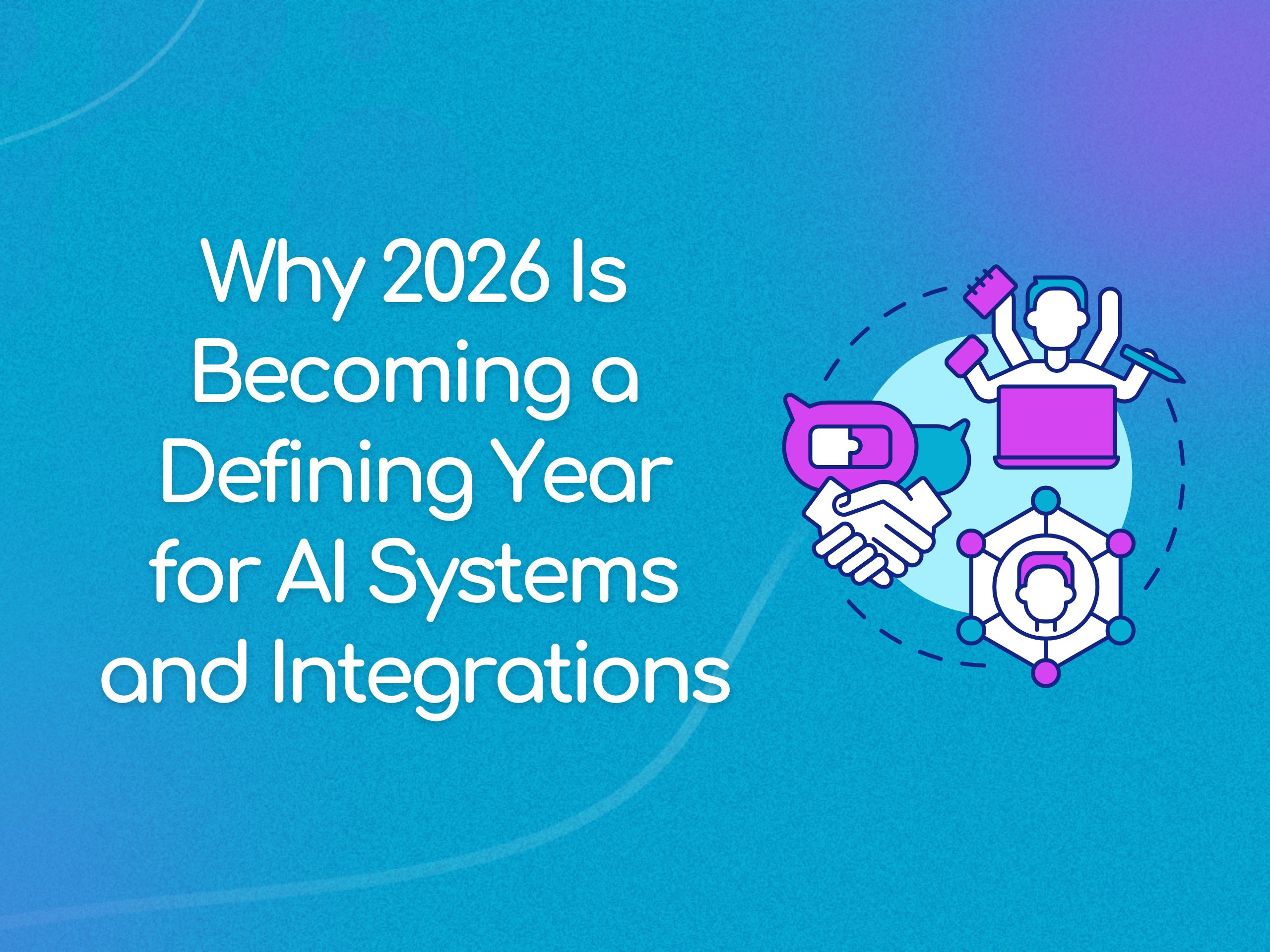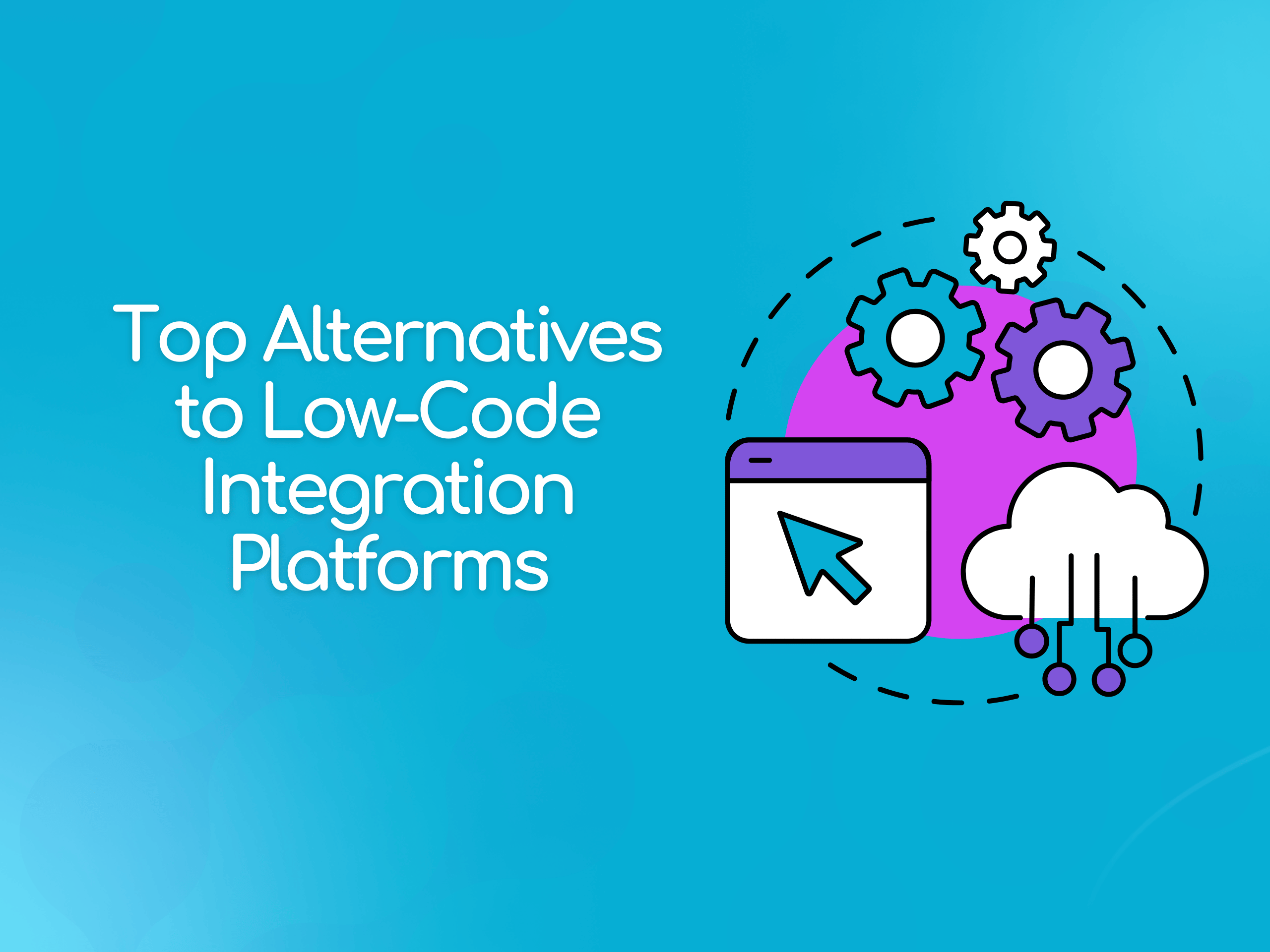What is Ecosystem-Led Growth? The Quick-Start Guide for B2B SaaS

Ecosystem-led growth is a SaaS growth strategy that leverages a network of partners and products to drive more leads, downloads, and purchases.
In the past, growing a SaaS business meant making cold calls and creating marketing content to win new customers. Today, with a market more saturated than ever and a trend of companies connecting software into complicated workflows, SaaS businesses need to work together if they want to grow.
You may have heard of partner-led growth, a strategy that relies on technology partnerships to attract new leads and sell. But these two terms aren’t equal.
Ecosystem-led growth (ELG for short) doesn’t require active partnerships to reap the benefits. Instead, you can start by embedding native integrations into your product, which can encourage more downloads and increase customer value. (Gorgias saw an uptick in installs after developing integrations into their AI customer experience product.)
Ecosystem-Led Growth is The Way Forward
Why is now the time to focus on ELG strategies? Well, for one, customers’ preferences have changed. Gone are the days when businesses relied on a single app for a workflow. Today, we pick and choose our apps, weaving them into ever-complicated workflows that depend on APIs and integrations to function.
Businesses no longer look for Swiss army apps, but rather highly specific ones that serve a single function—and, crucially, play well with the other tools in their workflows.
At the same time, the marketing landscape is shifting, removing the certainty of what used to be “sure-fire” ways to reach new customers. AI tools have made it harder to get traffic from Google Search, while new ad policies from Apple and Google have reduced the effectiveness of ad campaigns.
What else is there? Cold-calling and sales, perhaps, but Gartner reports that 75% of B2B customers prefer a rep-free sales experience.
With fewer options to reach new leads, it’s time to look to a broader ecosystem for help. That means loading your product with native integrations and building key partnerships where you can market, sell, and share data together.
We’re not the only ones praising an ecosystem-focused strategy. Accenture recently stated in its recommendations for SaaS businesses that "strategies for profitable growth should incorporate product-led & ecosystem-led expansion.” And more and more tech companies are adding a Chief Ecosystem Officer role as they recognize the importance of this approach.
What Happens When You Adopt an ELG Strategy?
In short, marketing and sales become easier, and your product becomes harder to quit. Here are some benefits businesses are seeing as they switch to an ecosystem-focused approach:
- Partnerships and integrations bring in more qualified leads who have recently downloaded a complementary product and are in the market for yours, too
- Once a partner company has done the hard work of building trust with a customer, it’s a much easier sell
- Partner install data helps you pinpoint which companies to approach and when, improving your sales ROI
- Your product increases in value in the customers’ eyes, as it not only solves the single problem your app is designed for, but works together with other software to achieve bigger objectives
- Creating high-quality integrations can get your product featured by big-name apps, as one Series B SaaS experienced
- Once your customers use your native integrations to fit your product into their workflow, it becomes harder to quit, leading to better customer retention
Everybody on Your Team Plays a Part in ELG
This isn’t just a marketing game. Ecosystem-led growth can help everybody on your GTM and customer success teams achieve better results with less effort.
For example, sales reps can work with partners to share leads or even sell each other’s solutions to customers. Ecosystem-qualified leads, or EQLs, come in as warm leads, which shortens sales cycles. With a third-party partnership ecosystem platform like Crossbeam, you can even share data with partners to make better sales decisions.
Marketers can run campaigns with partners to reach a wider audience, or use partner data to inform strategy. (In the absence of partnerships, they can promote integrations with bigger-name SaaS products to get initial traction.)
Product teams can increase the product's value by embedding native, user-facing integrations that customers love.
And onboarding teams can work with partners to help customers integrate their products and get more value from day one.
How to Kickstart Ecosystem-Led Growth In Weeks, Not Months
Both partnerships and integrations are crucial parts of a healthy ELG strategy. But let’s face it: building a quality partner ecosystem takes time and effort. It may take months or even years to get the attention of key partners in your industry.
On the other hand, you can start building native integrations today. And with code-based integration platforms like Pandium, you can develop highly customized native integrations in as little as 2 weeks without draining developer resources or hiring new engineers. (ShipBob launched a new integration in 2 weeks with a junior developer, thanks to our pre-built connectors and development support.)
Our goal is to simplify the process of creating high-value integrations. Here’s some of what you can do with Pandium:
- Leverage our pre-built connectors and developer support to code custom integrations in a matter of weeks, not months (unlike low-code or no-code tools that limit your options, our platform lets you customize everything with code)
- Developers can use their preferred coding language and coding tools
- Choose from more than 250 pre-built connectors as a starting point (and if we don’t have the connector you need, we’ll build it for you free of charge)
- List your integrations natively in your app and on your website with a white-labeled App Marketplace and Public Gallery
More than 6,000 companies use Pandium-powered integrations to increase downloads, build partnerships, and improve customer retention. Schedule a demo to explore your options for creating better user-facing integrations, and start reaping the benefits of ecosystem-led growth.
From the Blog

Why 2026 Is Becoming a Defining Year for AI Systems and Integrations

